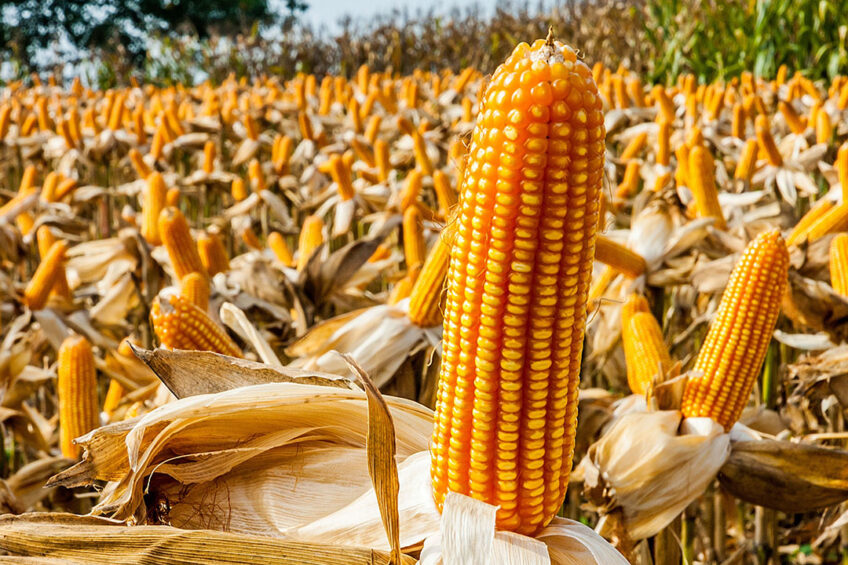Favorable weather for harvesting and sowing winter crops puts pressure on prices

In the main exporting countries of the northern hemisphere, the weather was favorable for harvesting and sowing winter crops.
The U.S. Corn Belt received favorable planting rains, and next week’s dry and warm weather will help speed up the harvest of soybeans and corn, which has already been threshed in 5% of the acreage. The Central and Southern Plains will see moderate to heavy rain during the week, which will slow soybean and corn ripening, but moisten the soil before winter wheat is planted. Spring wheat was harvested on 87% of the area, and winter wheat was sown on 7% of the area.
Rains fell in Argentina this week, reducing the effects of last season’s record drought, so sowing of the new crop will take place in more favorable conditions. Despite the slight improvement in the state of wheat crops, the experts of the Buenos Aires Stock Exchange reduced the wheat harvest forecast to 15 million tons, although the USDA in September estimated it at 16.5 million tons. The country began to sow corn, and in early October they will begin to sow soybeans, which forecasted precipitation.
Rains from the south moved into the central regions of Brazil , where they delayed the harvesting of second-crop corn and led to flooding. In the central state of Mato Grosso, the rainy season is delayed and no precipitation is expected in the coming weeks. This will not allow to start the sowing of soybeans and corn on time, and increase the sowing area to the planned level.
Scattered showers have brought temperatures down across much of Europe after intense heat, with a front expected to bring strong winds and showers in the coming days. In general, the weather is conducive to harvesting and sowing and obtaining seedlings of winter wheat.
In the Black Sea region, in the winter wheat sowing regions, hot weather without precipitation prevails, favorable for sowing, but there is no critical drought yet.
In Ukraine this week, there was little precipitation, which will contribute to the production of winter rapeseed seedlings and the sowing of winter wheat. Next week will be warm and dry, which will speed up sowing and harvesting. So far, 1.2 million hectares have been sown with winter crops, in particular, 800,000 hectares with winter rapeseed, although it was predicted that the area under it would reach 1.4-1.9 million hectares. However, due to dry conditions, farmers will not be able to exceed last year’s figure of 1.4 million hectares.
Western Australia has seen some light rain for the past few days, but soil moisture continues to decline as El Niño continues to intensify. Increasing heat, especially in the east of the country, worsens the conditions for growing wheat and canola. Dry weather next week will continue to weigh on crop prospects.
Depending on the weather and planting results in South America in September and October, soybean and corn prices will adjust, while conditions in Australia during grain loading will show whether wheat prices can rise from three-year lows.
Read also
Wheat in Southern Brazil Impacted by Dry Weather and Frosts
Oilseed Industry. Leaders and Strategies in the Times of a Great Change
Black Sea & Danube Region: Oilseed and Vegoil Markets Within Ongoing Transfor...
Serbia. The drought will cause extremely high losses for farmers this year
2023/24 Safrinha Corn in Brazil 91% Harvested
Write to us
Our manager will contact you soon



